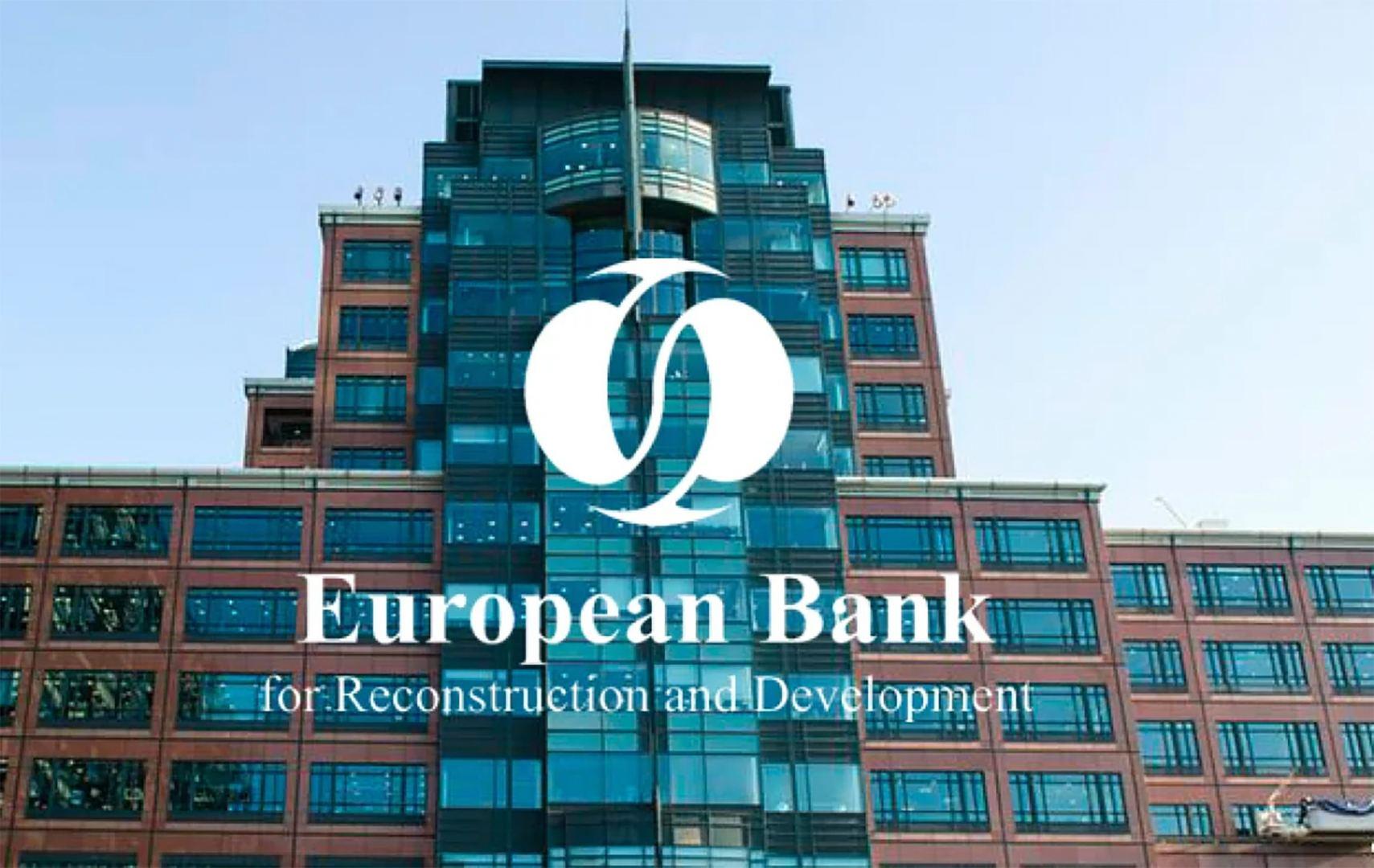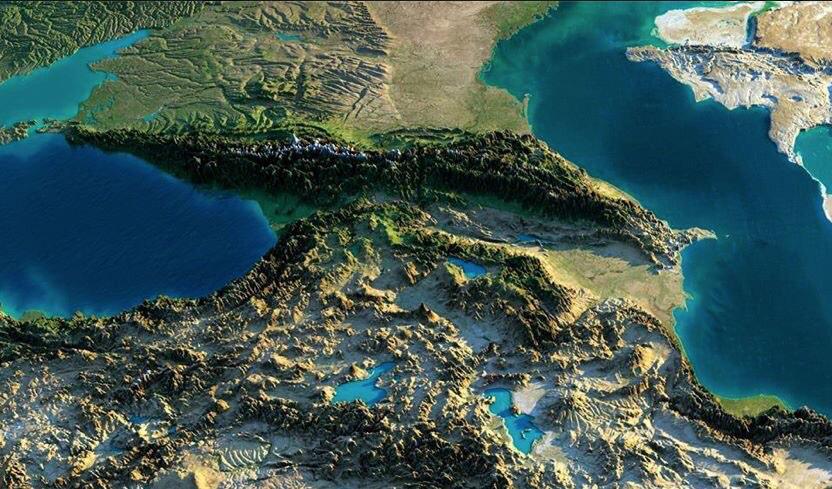Azerbaijan only South Caucasus country with highest GDP growth dynamics in 2022 Review by Caliber.Az
A number of leading international financial organizations (MFOs) and rating agencies have recently revised their forecasts for the global and post-Soviet economies. The war in Ukraine, sanctions against Russia and Belarus, a reduction in trade and transport links, high inflation, and a decline in industrial production are just a few of the factors lowering the economic tone of countries in Eastern Europe and the Caucasus. Nonetheless, according to the European Bank for Reconstruction and Development (EBRD) forecasts released yesterday [10 May], Azerbaijan will be the only country in the region with the highest GDP growth dynamics in 2022.
For two months in a row, the world expert community has been making negative forecasts about the prospects for the development of the world economy this year. Unfortunately, the high growth rates of the RUNWAY taken last year cannot be maintained both due to the dramatically changed geopolitical situation around Ukraine and a number of other factors related to the energy, food, raw materials' crisis, high inflation and threatening the recurrence of sovereign defaults in some of the most unstable countries in the world. Some analysts predicted that by the end of this year, events similar to the massive financial crises of 1998 and 2008 would occur.
In turn, against the backdrop of the collective West and Russia's rupture of trade and transportation ties and mutual sanctions, the shortage of fuel and petroleum products is increasing, cement and other construction materials, grain, oilseeds, and other food products, cotton raw materials, and clothing are becoming more expensive, all of which contributes to the flywheel of global inflation.
It is not surprising that, in light of the foregoing facts, the International Monetary Fund (IMF) recently reduced its forecasts for global economic growth in 2022 to 3.6 per cent, this is 0.8 per cent lower than expected at the start of the year. The World Bank (WB) did the same, lowering the global GDP growth rate in 2022 from 4.1 percent to 3.2 percent.

It is quite obvious that the most acute consequences of the Ukraine war affect the countries of the post-Soviet region, taking into account the interdependence of their economic systems and the high level of trade relations. "The EBRD expects Russia's GDP to fall by 10 per cent in 2022, and forecasts zero dynamics in 2023," the European Bank for Reconstruction and Development said in its estimates updated yesterday. - In turn, the collapse of Ukraine's GDP, according to forecasts for 2022, will worsen even more and may amount to 30 per cent, well, the sub-sanctioned economy of Belarus will decrease by 4 per cent by the end of the year, and next year it will remain within zero limits."
The objectivity of such assessments is quite high, especially since the EBRD forecasts for the Russian economy as a whole will cope with the calculations of the Central Bank of the Russian Federation, which indicated in its expectations for the current year a decline in GDP by 10 per cent, a decrease in the range from 0 per cent to 3 per cent next year and a possible growth only in 2024.
In general, the forecasts of a number of other MFIs and rating agencies for other countries of the post-Soviet region are equally pessimistic. In particular, the World Bank forecast for the pace of development of the economy of Kazakhstan slightly improved in May, amounting to 2.3 per cent, but still lags behind forecasts for the beginning of the year - 3.7 per cent. In turn, the Asian Development Bank (ADB) has reduced the indicators of economic development of Kyrgyzstan to two per cent. Both of these Central Asian states have close economic, investment and financial ties with Russia, including with a high share of the rouble in trade exchange, and also depend heavily on transit through the territory of the Russian Federation. Finally, the IMF lowered Uzbekistan's GDP forecasts from 6 per cent to 3 per cent due to the volume of migrant workers' remittances and financing from Russia, as well as a reduction in trade, further disruptions in the supply chain, reduced consumption and investment. The experts of the World Bank, ADB and the IMF agree on an extremely negative scenario in the Russian economy this year, which is why they were forced to reduce GDP growth in these three Central Asian countries due to the multiplier effect of the crisis in the Russian Federation.
According to recent IMF data, GDP growth in neighbouring Georgia is expected to be 3.2 percent, significantly lower than forecasts at the start of the year. Also recently, the international rating agency Moody's changed Georgia's rating outlook from "stable" to "negative". The situation is the worst for the eternal outsider of the South Caucasus - Armenia. Thus, the IMF experts expect that the Armenian economy will slow down to 1.5 per cent this year and possibly less, both due to anti-Russian sanctions, transport restrictions on the Black Sea, and due to a decrease in domestic consumption and a reduction in foreign trade with almost complete absence of portfolio private investments.
Against this bleak backdrop, Azerbaijan is the only country in the post-Soviet region where steady GDP growth is expected this year. "The driver of economic recovery in Azerbaijan in 2021 was the non-oil sector, primarily the service sector and industrial production, in general, non-resource industries provided 7.2 per cent growth. In general, the GDP growth of the republic last year amounted to 5.6 per cent and exceeded forecasts. Accordingly, Azerbaijan's GDP growth is projected at 4.5 per cent in 2022," the EBRD's Regional Economic Prospects Update says in May.
Eurobank believes that the country gained a good pace in the first quarter of this year and GDP growth accelerated to 6.8 per cent. This positive dynamics is based both on high global oil and gas prices and, in general, on the growth of industrial and agricultural production and non-oil exports, and these revenues will sustainably support the development of the economy in Azerbaijan, at least in the short term. Moreover, compared to the countries of Central Asia and the South Caucasus, Azerbaijan's losses from the war in Ukraine and anti-Russian sanctions are an order of magnitude smaller: our main market for energy exports is Turkey and Europe, and these routes do not pass through the conflict zone. Azerbaijani non-oil exports to Turkey are already almost 40 per cent higher than similar supplies to the Russian Federation, in addition, the Azerbaijani labour market today is an order of magnitude less dependent on the Russian one compared to the countries of the Eurasian Economic Union (EAEU).

In light of this, it is not surprising that the EBRD's May review noted that Azerbaijan is the only country in Eastern Europe and the Caucasus that will benefit in the short term from the current situation in the energy sector, as it is a major oil exporter and the most important alternative to Russian gas supplies to Europe.
It should be recalled here that high demand and prices for oil and gas and related factors have played an important role in improving the foreign trade dynamics of our country. Thus, Azerbaijan's foreign trade turnover has grown by more than 60 per cent, and exports have almost doubled. At the same time, the supply of domestic non-oil products to foreign markets also increased by 45 per cent, and this process continues this year. As a result, the positive balance in just three months of this year reached $5.1 billion, that is, domestic exports exceed imports, which is a very positive factor, especially taking into account the fact that in many countries of the world and the region today the trade balance is negative.
Similar arguments are made by IMF experts and the international rating agency Fitch Ratings about the prospects for the Azerbaijani economy this year, with GDP forecast parameters of 4 per cent and 3.6 per cent, respectively, by the end of 2022. At the same time, the IMF predicts Azerbaijan's nominal GDP will be $73.4 billion this year, up nearly a quarter, or $18.8 billion, from last year's figures.
However, the growth rate of domestic GDP by the end of the year may be higher, given that the country is developing confidently, having overcome all pandemic restrictions, with the participation of foreign partners, large infrastructure projects are being implemented in the liberated territories, and the capitalization of industrial zones, agricultural parks, etc. is expected to increase. Therefore, the government of Azerbaijan forecasts GDP growth of 3.9 per cent of GDP for 2022.








